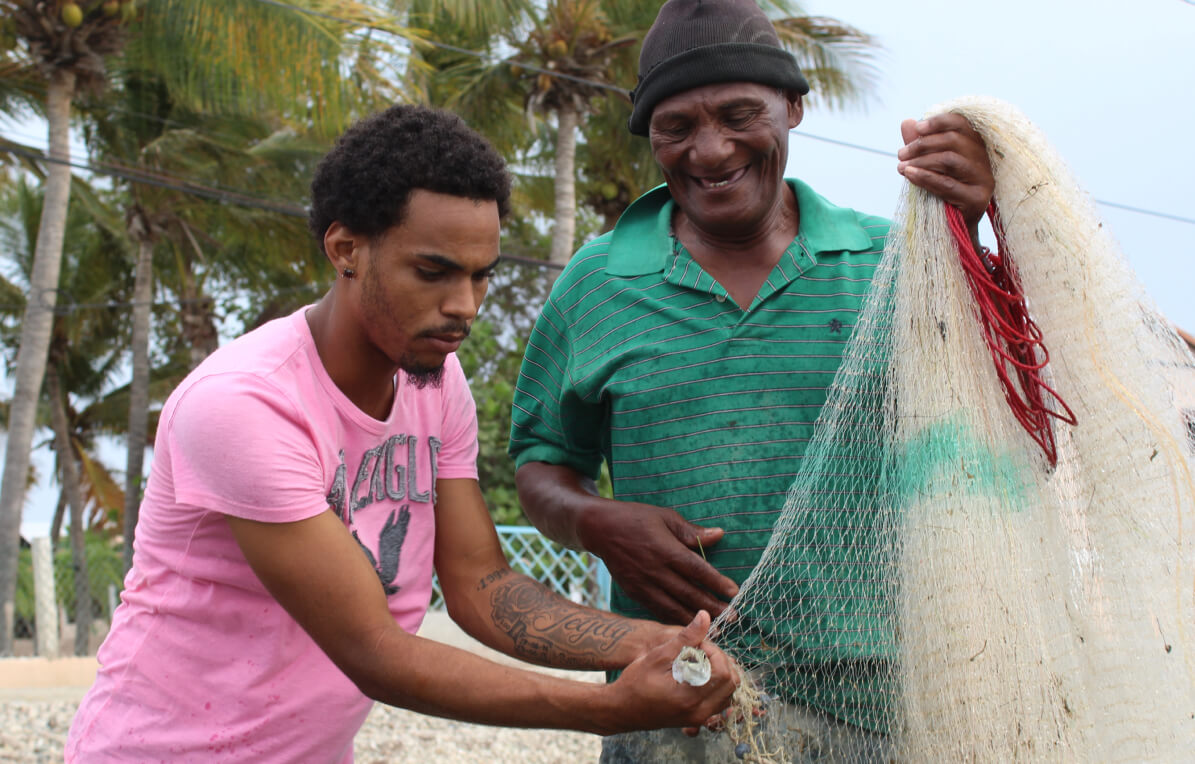In this three-part series, Counterpart International’s Gender Working Group discusses the importance of a focus on gender in implementing programs. Read the first part of the series.
Q: What is distinct about the work at Counterpart around gender equality? Is there something you are most proud about of the work Counterpart is doing?
Farangis: Our organization is distinct in that it actively promotes gender equality within the organization as part of its culture and mission—our CEO is also a woman. In addition, women hold key positions and are equal contributors across the various careers, field teams, and projects. Counterpart works and promotes full engagement with men and boys so that they in turn will have the capacity to help women and girls, and understand and address their unique needs.
Gozel: Counterpart addresses gender issues in communities in various countries where we work. We have gender as our signature. I think it is important to keep working in this direction and get others to know that Counterpart is not only a gender-focused organization but we continue to include gender equality in all of our programs. I’m also very proud of the work we have done in Azerbaijan, training women, and encouraging them to participate in municipal elections. We anticipate that 20 percent of the women candidates that we’ve trained will be elected to municipal councils. This is good for women and for the country. Studies show that women leaders are known for being able to resolving conflicts by mitigating, having a dialog and using a less violent approach.
Kimberly: I think it’s still common for many development workers and organizations to view gender programming narrowly—as promoting women’s rights or preventing violence against women—which is a great start, but Counterpart sees gender equality as necessary for all successful programs, including natural resource management, food security, and democracy and governance. We look at the different ways in which men, women, boys and girls have access to information and resources in order to design and deliver programs that are inclusive of all populations.
Counterpart also doesn’t only focus on gender integration, we focus on gender equality. Gender integration identifies gender-based inequalities and designs and implements projects that consider gender. Gender equality goes further and develops interventions that remove barriers and promote female participation. For example, if we’re trying to reach women through a voter education campaign, a gender integration approach might look at the ways in which women access information—through local leaders or community radios at the marketplace—to include women in programming. Gender equality initiatives might then include educating males and females about the importance of female participation in elections and addressing security concerns that may prevent women from voting. At Counterpart, we see achieving gender equality as an essential step toward ending poverty, building democratic institutions, and ensuring basic rights for all human beings.
Oriane: Counterpart really promotes gender equality in all its programs, and it is part of how we think. Whether it is an agriculture or governance program, gender is part of the programmatic activities.
Q: What do you want others to know about why gender equality is so important in development work?
Farangis: In the majority of developing countries, women represent over 50 percent of the population. At the same time, women are grossly under-represented in government, in key positions in industries, as equal decision-makers and, in addition to this, they have to struggle for basic human rights as opposed to their male counterparts. Girls’ receive for less education than boys and yet there are unrealistic expectations of women to take care of households, families, and to contribute to the economy. As a result, many women assume traditional roles in a way that limits their opportunities to gain an education and career, let alone become community and national leaders. Gender equality and female empowerment are now universally recognized as core development objectives that are fundamental for the realization of human rights, and key to effective and sustainable development outcomes for a country’s economic advancement.
Gozel: Gender issues are not new. Wherever we have poor socio-economic conditions, traditional stereotypes, mostly women and girls suffer first. We need to be part of the global campaign to eliminate these issues and help everyone to get equal opportunities in education and employment and other aspects of life.
Kimberly: Promoting gender equality is necessary across all development sectors—health, nutrition, climate change, food security, democracy and governance, etc. Gender inequality can limit access to information and power, as well as economic and educational opportunities. Gender equality plays a key role in achieving greater human development and human rights.
Mouna: You can’t work on development and not consider the entire community that includes women and men. By not considering gender equality, one is not considering half of the community.
Oriane: For people who want to understand why gender equality is so important in development work, I would ask them, how are you going to help a community if you only work with half its people? If you only work with men, how are you supposed to also help women? If men and women don’t have equal access and opportunities, how will you create lasting change in a society, if only half the people are benefitting from it?
This is why gender equality is so important to development work. In order to create significant change, you need to make sure that you are thinking of everyone, and also making sure all members of a society can have equal access to opportunities.
Check back on Friday for the third part of the series.




